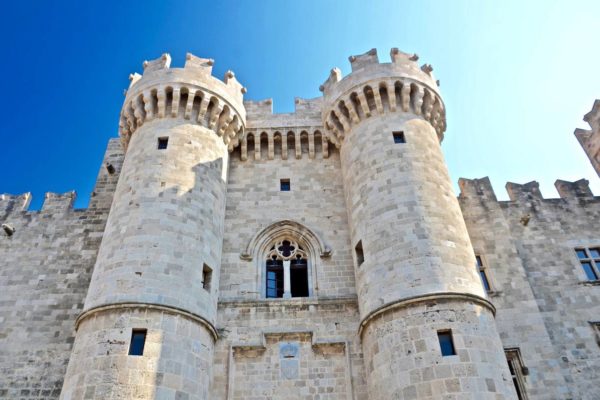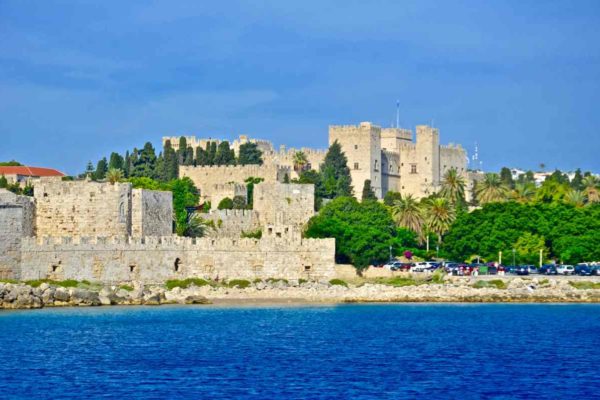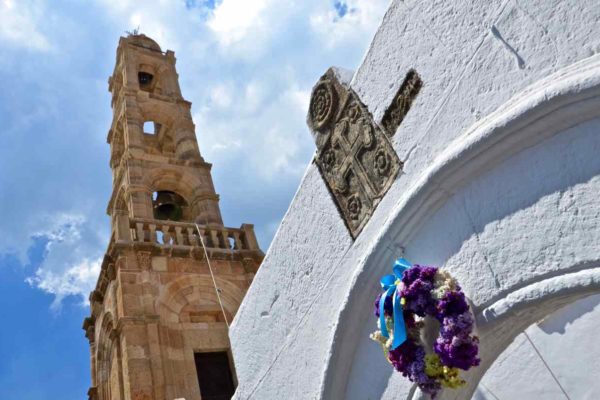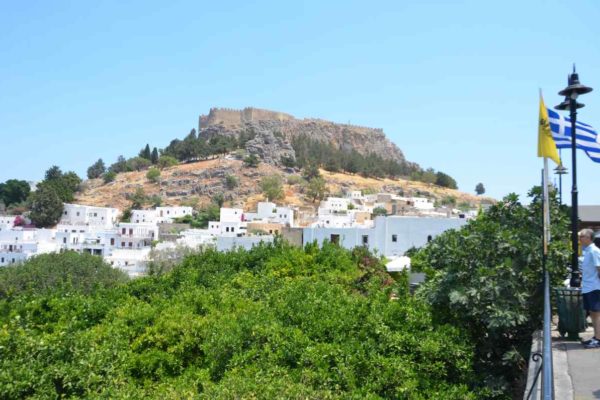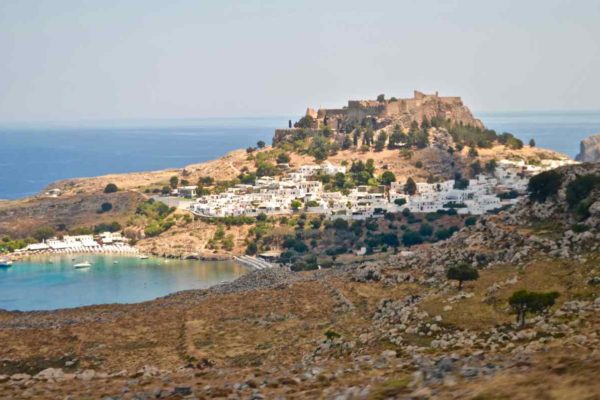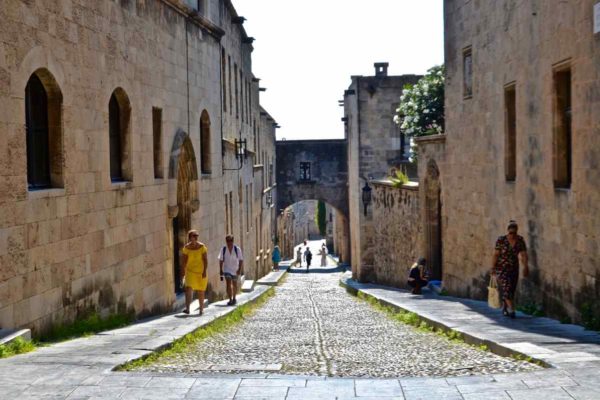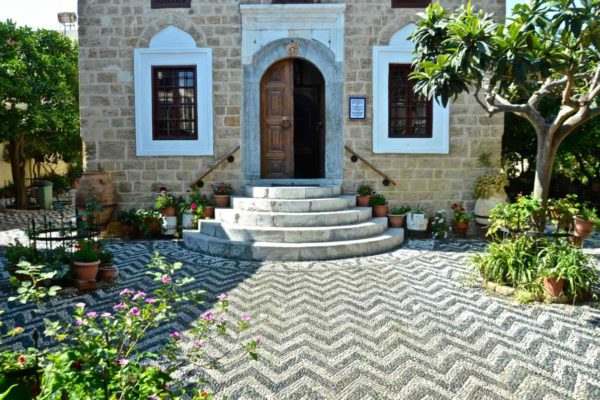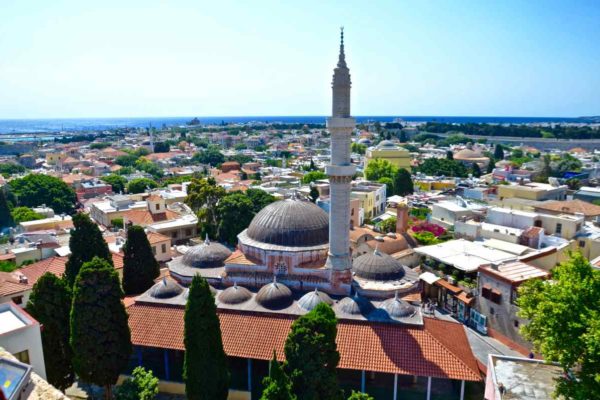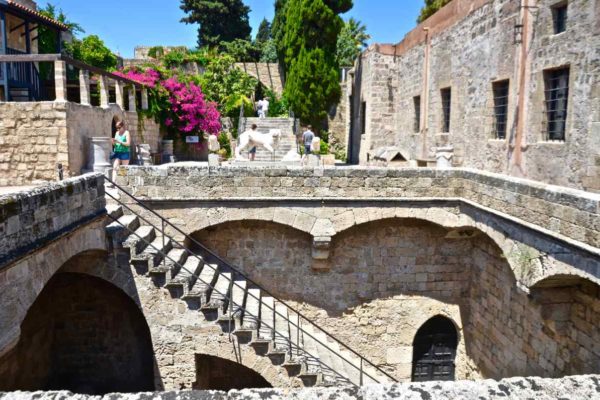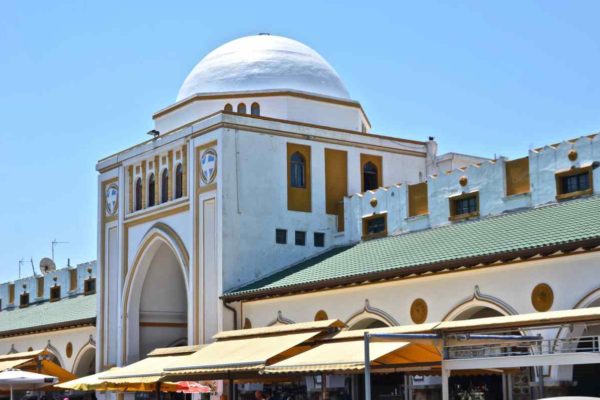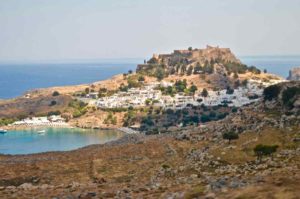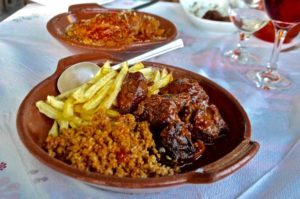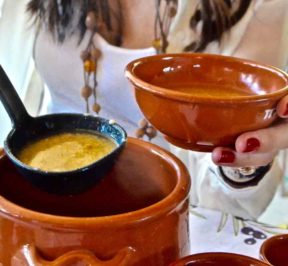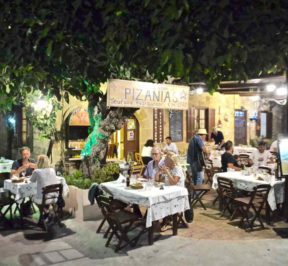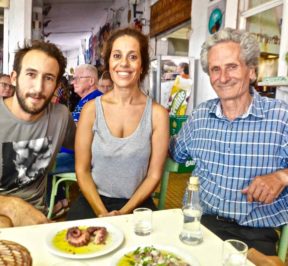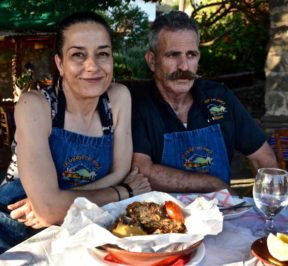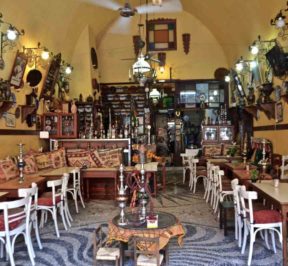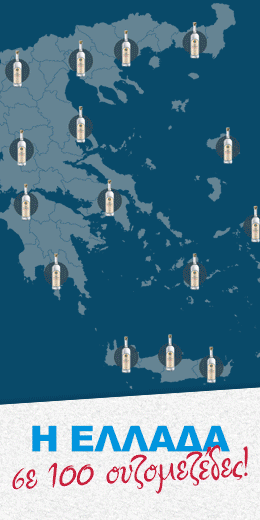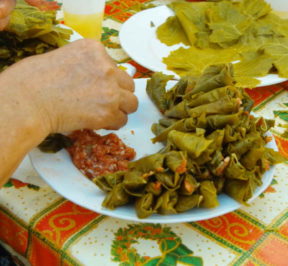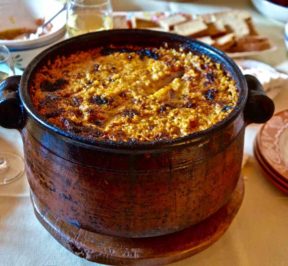Place - History of Rhodes
Η Ρόδος with an area of 1.400 sq.km. is the largest island of the Dodecanese, the fourth in the country, and its population amounts to 115.000 inhabitants, which makes Rhodes the third most populous Greek island. It has a coastline of 253 km and its highest point is the top of Mount Attaviros (1.215 m). The capital of the island is the city of Rhodes with a population of about 55.000 inhabitants. Within the city limits of Rhodes, is the Medieval city of Rhodes or h Old Town as the locals call it, one of the best preserved medieval cities in the world, which has been recognized since 1988 as a UNESCO World Heritage Site. Within the walls of the Old Town, between the tourist shops, the taverns, the entertainment centers are important monuments, imprints of civilizations from Antiquity, the Byzantine era, the era of the Knights of St. John, the era of the Ottoman Empire, the period of Italian rule. Most imposing of all is the palace of the Grand Master.
But apart from the unique beauty of the city of Rhodes, there are dozens of historical monuments all over the island, such as the Acropolis of Lindos, the ancient Kamiros and the ancient Ialyssos, the valley with the Butterflies, Filerimos, amazing settlements, the famous vineyards of Embonas, the forests of the proud Attaviros, endless sandy beaches, endless sands , taverns with local delicacies and of course from the most modern hotel facilities in Greece, with the presence of all the well-known Greek and international hotel chains.
All these parameters together with the excellent climate and the great tourist fullness for a long period of time rank Rhodes consistently second in arrivals in the island area and fourth in national level, making the island as one of the most recognized tourist destinations in the world.
PLACE & HISTORY - TRADITIONAL KITCHEN


